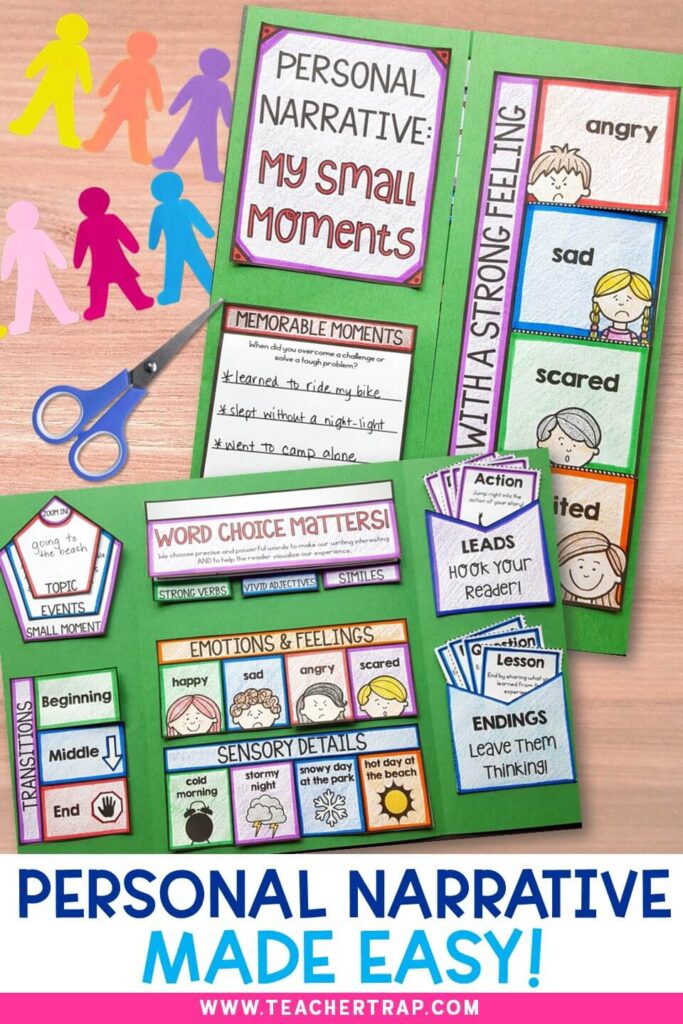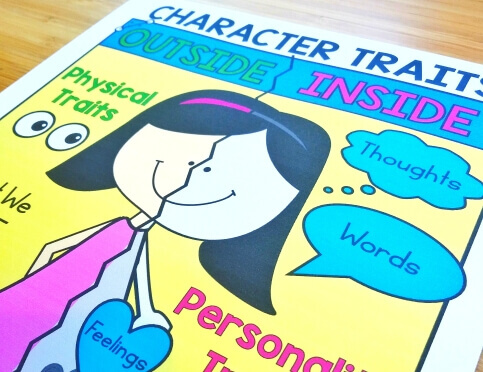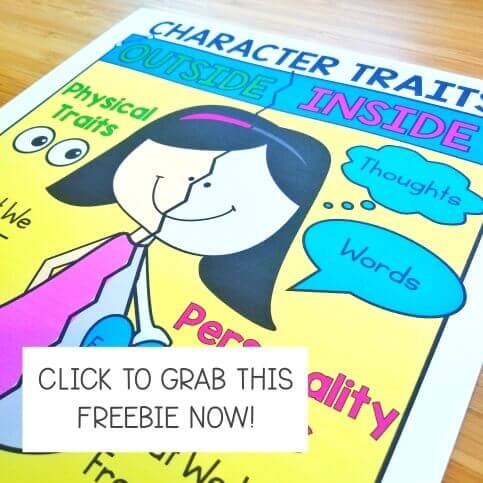Welcome, teachers, to the exciting world of personal narrative writing in the elementary classroom! Teaching personal narrative writing can be tricky for so many reasons, but with the right tools and guidance, all students can grow their storytelling skills and love for writing. In this blog post, we’ll explore simple tips and tools to make teaching personal narrative writing a breeze for both you and your students.

Roadblocks for Teaching Personal Narrative Writing
When tackling personal narratives in the elementary classroom, teachers battle a some tricky roadblocks that can make the process feel NOT SO FUN. Things like:
- Finding Interesting Topics: In all classrooms, “I don’t know what to write about,” is a common refrain for many young writers. Students must be able to generate ideas and then choose a great topic for their personal narrative.
- Identifying Main Events: Especially in the lower grades, kids love to start their stories with “I woke up in the morning,” and end with “Then, I went to bed.” That’s because they haven’t quite learned how to pick out the important events of their stories.
- Avoiding Overused Words: A personal narrative packed with words like “nice, happy, good, bad, and sad” just doesn’t sing! Students must take risks and develop their vocabulary as they learn to show what happens with sensory images and unique word choice.
- Mastering Conventions of Writing: Basic grammar, spelling, and punctuation can feel like a huge barrier to successful personal narratives, but even kindergarten students can craft quality personal narratives!
- Motivating Reluctant Writers: Some students just don’t want to write. They may see writing as a painful process or overwhelming task. To find success, kids must see themselves as clever creators and find joy in the journey of storytelling.
With some simple tools and adjustments to our teaching, we can overcome these roadblocks and help all students find success with personal narrative writing!
Handy Tools for Teaching Personal Narrative Writing
Help students side-step the roadblocks above by infusing guided support, structure, and hands-on engagement into the writing process. Just like in math, students benefit from being able to touch, move, and rearrange pieces and parts as they make sense of their work. Illustrating their ideas also helps students to recall events and find details that will create a more powerful description.

Personal Narrative Graphic Organizer
Graphic organizers give structure to students’ thinking and make difficult tasks more accessible. A simple story map works wonderfully with personal narrative writing and helps students identify important parts of their stories.
Personal Narrative Lapbook
I love using lapbooks with reluctant writers because this hands-on approach eases students into the act of writing their stories. As we progress through mini-lessons on leads, endings, sensory images, story structure, and more, students take notes and keep a visual representation of what they’ve learned. The lapbook becomes a perfect reference tool as they begin writing their personal narrative.

Personal Narrative Story Booklet
A blank sheet of paper can often feel intimidating, or maybe a bit boring, to young writers. By having students use a guided story booklet, they can create their story one step at a time, using illustrations to expand on ideas and discover interesting details. My students LOVE creating their mini-books and I’ve seen once reluctant writers thrive with this support in place.
Helpful Tips for Teaching Personal Narrative Writing
- Inspire with Engaging Prompts: Begin your personal narrative writing lessons with thought-provoking prompts. Encourage students to reflect on personal experiences, special moments, or challenges they’ve overcome. With the Personal Narrative Lapbook, students start with strong feelings (angry, sad, scared, and excited) to generate emotional memories that will make great stories!
- Model the Writing Process: Demonstrate the writing process by sharing your own personal narratives and using a Writing Workshop Model. Discuss the importance of brainstorming, organizing ideas, and revising drafts. This modeling helps students grasp the steps involved and builds confidence in their own writing abilities. With the Personal Narrative Story Booklet, I model planning and drafting my own story, then we choose a shared class experience and go through the process again.
- Create a Supportive Writing Environment: As teachers, we want our students’ writing to have correct grammar, spelling, punctuation, and more. However, being overly focused on the conventions of writing can deter students from taking risks. Put the red pen away and look for opportunities to incorporate mini-lessons or writing conferences to address one or two issues at a time, rather than overwhelming kids with every little error.
- Use Graphic Organizers: Graphic organizers are valuable tools for organizing thoughts and ideas. Provide students with templates that guide them through the narrative structure, including elements such as characters, setting, problem, events, and resolution. These visual aids help students develop a structured and coherent narrative.
- Peer Editing and Collaboration: Implement peer editing sessions to promote collaboration and improve writing skills. Pair students up to review each other’s narratives, focusing on aspects like clarity, details, and organization. Peer feedback provides a fresh perspective and encourages a sense of community within the classroom.
- Celebrate and Share: Create opportunities for students to showcase their personal narratives. Whether through classroom readings, a bulletin board display, or partner sharing, celebrating students’ work boosts their confidence and reinforces the value of their unique voices.

Teaching personal narrative writing in elementary grades doesn’t have to be painful. By incorporating these simple tips and tools into your lessons, you’ll not only cultivate essential writing skills but also foster a love for writing and storytelling that can last a lifetime.
















